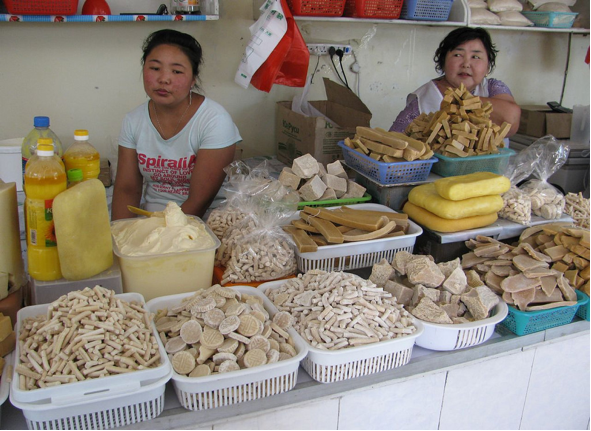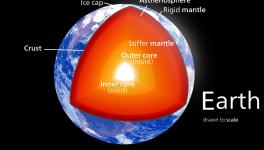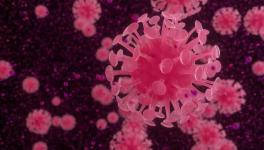How did Mongolians Manage to Consume Dairy Products Despite Lactose Intolerance

More than 3,000 years ago, the Mongolian people learnt how to milk their animals, and could prepare variety of dairy products—a recent paper published in PNAS said. But, more intriguing is the fact that the ancient Mongolian people were lactose intolerant—as revealed in the same study.
This opens up questions about our previous scientific knowledge. Firstly, how did the Mongolian people manage to consume dairy products despite their lactose intolerance, and the second one is whether the gene culture co-evolution theory about lactose persistence (opposite of lactose intolerance) has the exact basis that have been perceived. Matthew Collins, a paleoproteomicist from University of Copenhagen, said that the recent study could be an eye-opener about our previous knowledge. He commented—“We thought we understood everything, but then we got more data, and see how naïve we were.”
Most people in the world lose their ability to digest milk right after childhood. There was culture and gene co evolution that gave the pastoralist populations gene mutations which in turn offered the ability of digesting milk in adulthood. This was very helpful in getting a year round source of fat and proteins. Dairying in the world spread with this adaptation. This has been the accepted story so far.
But, this hypothesis has been challenged with findings about the cultural practices around the world. As an example, let’s consider the case of Mongolia. In modern Mongolia, traditional herders get almost a third of their total calorie consumption from dairy products. For their dairy products, they use seven kinds of mammals yielding diverse cheeses, yoghurt and other fermented milk products. But, interestingly, 95 per cent of those people are lactose intolerant.
Whether dairying in Mongolia is a recent development or whether ancient Mongolians achieved lactase persistence, and lost it eventually in a population turnover were the questions that led to the present study. Christina Warinner of Max Planck Institute for the Science of Human History (MPI-SHH), and her team pursued these questions in their study.
In their study, Warriner and her team analysed human remains from six sites of Mongolia. This belonged to the Deer Stone-Khirigsur Complex. This Bronze Age culture between 1300 and 900 BCE built burial mounds with markings by standing stones. The people in that period were nomadic and rarely built permanent structures. Moreover, the constant winds there would remove pot fragments, trash pits etc. which could be the potential archaeological evidence of dietary behavior. In the scarcity of these kinds of archaeological evidences, MPI-SHH researcher, who is also a co-author of the PNAS paper, collected dental calculus—the outer hard plaque that builds up on the teeth for their analysis. He collected this calculus from nine skeletons, and searched for key proteins.
Analysis done on the calculus yielded milk proteins from sheep, goat and bovines like yak and cow. Further, DNA analysis from teeth and leg bones showed that the herders were having lactose intolerance. This population were using dairy products in their diets without having the ability to digest lactase—lactase persistence.
This apparent disconnect between dairy consumption and DNA, according to Jessica Hendy, a co-author of the paper, isn’t limited to Mongolia only. Hendy recently found milk proteins in the pots collected from Catahoyuk in Turkey. This dates back to 9000 years ago, a period that is 4000 years prior to the appearance of lactase persistence in humans.
These findings question the gene culture co-evolution theory of lactase persistence. Because, without being able to digest dairy products, people wouldn’t have consumed it for millennia. There should be some other ways through which people could take the benefit of dairy consumption.
Modern Mongolians use the technique of milk fermentation. They use microbes to turn milk into yoghurts and cheese and a variety of other dairy products unknown in the Western diet. Warriner puts forward the hypothesis that ancient pastoralists may have adopted similar strategies.
This also explains why the lactase persistence is present in some populations whether other populations completely lack it. Joachim Burger, a geneticist Johannes Gutenberg University in Mainz, Germany told Science—“Why is there a signal of natural selection at all if there was already a cultural solution?”
Get the latest reports & analysis with people's perspective on Protests, movements & deep analytical videos, discussions of the current affairs in your Telegram app. Subscribe to NewsClick's Telegram channel & get Real-Time updates on stories, as they get published on our website.

















